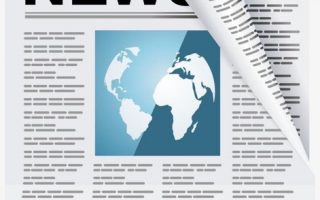Laser marking is a very advanced marking technology. Through focused laser engraving technology, the characters and patterns that need to be marked are engraved on the surface of the object. Compared with traditional printing technology, laser marking has the characteristics of good quality, high consistency, strong abrasion resistance, high efficiency, cost savings and safety and reliability, and is widely used in the PCB industry.
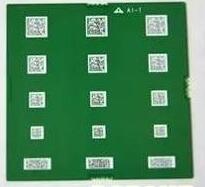
Market demand under technological progress
With the rapid development of the IT industry, smart phones, wearable electronics and other products continue to develop toward thinness, miniaturization, and consumer demands for electronic products are becoming higher and higher. The production of PCB boards must also be improved. In order to realize the quality control of the PCB board production process, marking characters, one-dimensional codes, two-dimensional codes and other information on the PCB boards to trace back has become the development trend of the industry.
Traditional printing technologies are increasingly unable to adapt to new market technology needs because of problems such as poor abrasion resistance, low precision, poor aesthetics, and environmental pollution. Therefore, laser marking has become a trend in the PCB industry.
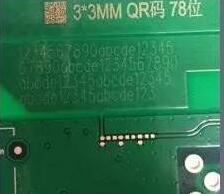
Defects of traditional printing technology
Marking on the surface of PCB boards like pattern drawing, company logo printing, contact information, two-dimensional code, etc., traditionally used silk screen printing in the traditional printing. Under the original market demand, traditional printing technology can also meet the market requirements, but with the continuous improvement of the quality of electronic products, consumers’ requirements are getting higher and higher, resulting in the market’s increasingly high quality of PCB board marks, traditional printing Technology cannot adapt to new market requirements, and its disadvantages are becoming more and more obvious, such as:
1. Poor abrasion resistance. The abrasion resistance mentioned here is not the abrasion resistance of metal materials. It refers to the fact that the ink on the PCB surface is often worn away during use to cause blurring and discoloration.
2. Aesthetic requirements, the appearance of metal surface printing is relatively low-end, and it is not suitable for some products with high appearance requirements, such as medals, metal business cards, exquisite company propaganda nameplates, and handicraft description nameplates. Meet its appearance requirements.
3. In the ordinary printing process, chemical materials such as organic solvents and heavy metal elements are used. These materials are toxic and cause personal injury to screen printing staff. In addition, during the drying process of screen printing inks, volatile chemical materials are gradually volatilized into the air. , Cause pollution to the air and the environment.
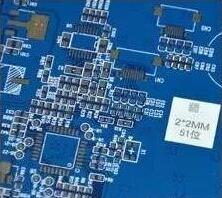
Unique advantages of laser marking
The emergence of laser marking technology has successfully solved a series of problems existing in traditional printing technology. It is characterized by high marking accuracy, fast speed and stable performance. Moreover, it only needs to be controlled by a computer, it is easy to operate, and it can print a variety of complex patterns, characters, two-dimensional codes and other content, which fully meets the existing high-quality marking requirements of the PCB industry.
Compared with traditional printing technology, laser marking technology has many advantages:
1. Good quality and strong abrasion resistance. The marking on the surface of the PCB is clear and beautiful, and various LOGO, patterns, two-dimensional codes, text can be marked and the pattern is directly engraved on the material, which has more wear resistance.
2. High processing accuracy. After the laser beam emitted by the laser is focused, the minimum spot diameter can reach 10um (UV laser), which has a small benefit when processing complex graphics and precision processing;
3. High efficiency, simple operation and reduced cost. Users only need to set the parameters on the computer to mark directly, and the surface marking of the material can be completed in just a few seconds to ten seconds.
4. Nondestructive marking. Laser marking adopts non-contact processing. The laser head does not need to contact the surface of the material, so there is no need to consider the damage to the material;
5. Wide range of use, safety and environmental protection. Various thin metal / non-metal materials can be marked;
6. Stable performance and long service life of equipment. With the development of technology, the service life of the laser has been greatly increased, and the service life of the equipment has been greatly extended.
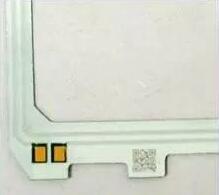
Application of UV laser marking and CO2 laser marking technology in PCB industry
In the laser marking application of PCB, UV laser marking and CO2 laser marking are the most used. UV laser marking and CO2 laser marking are the first choice for PCB surface marking because of their small thermal impact, good processing effect, high accuracy, and fast speed.
Adopting laser marking two-dimensional code technology in the PCB industry can realize the traceability of PCB production, process and quality, and realize the requirements of automation and intelligent management to meet the needs of lean production, quality control and process improvement. Marking two-dimensional codes on the surface of PCBs is a common demand of mid-to-high-end customers and has been widely used.
